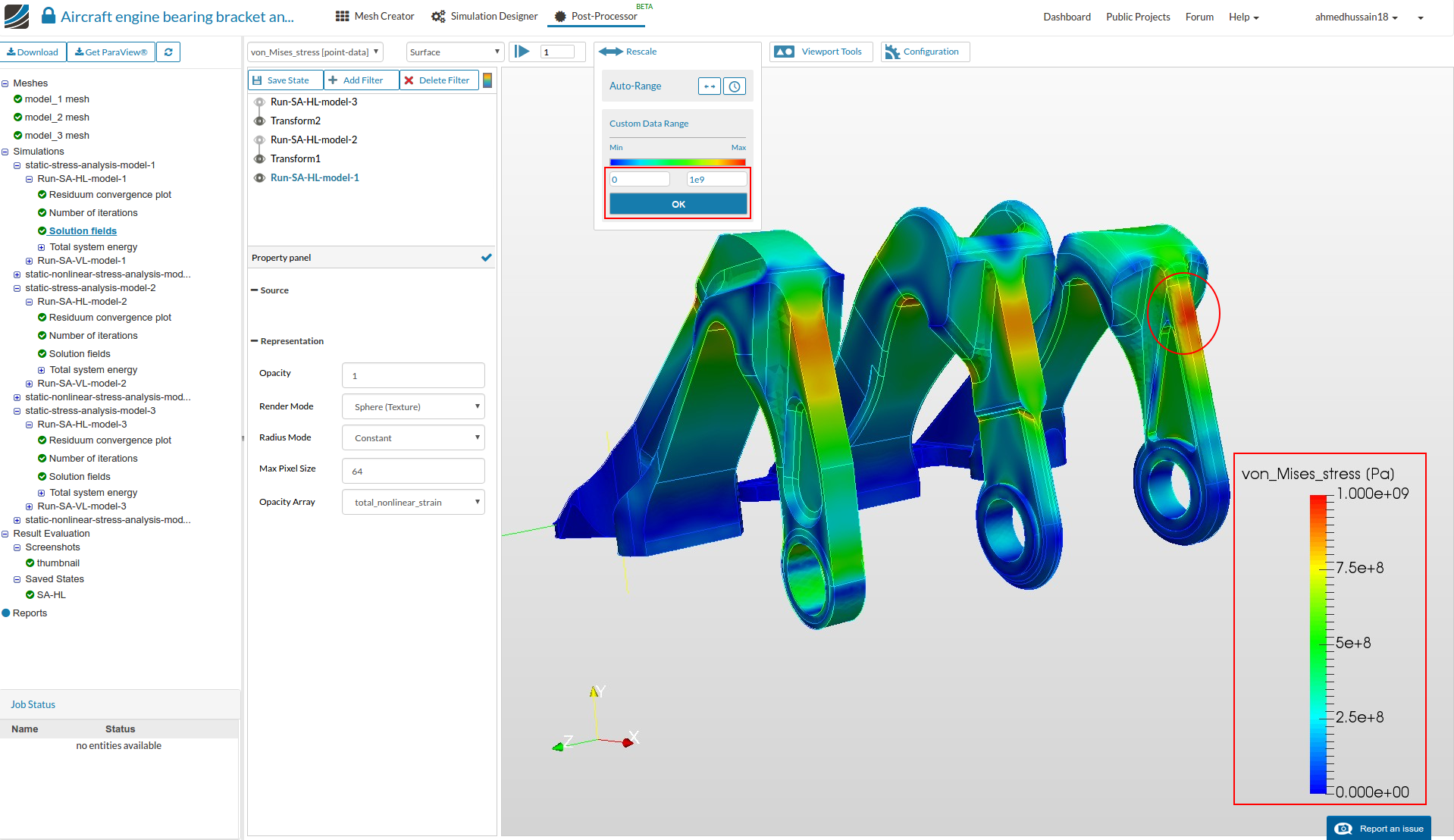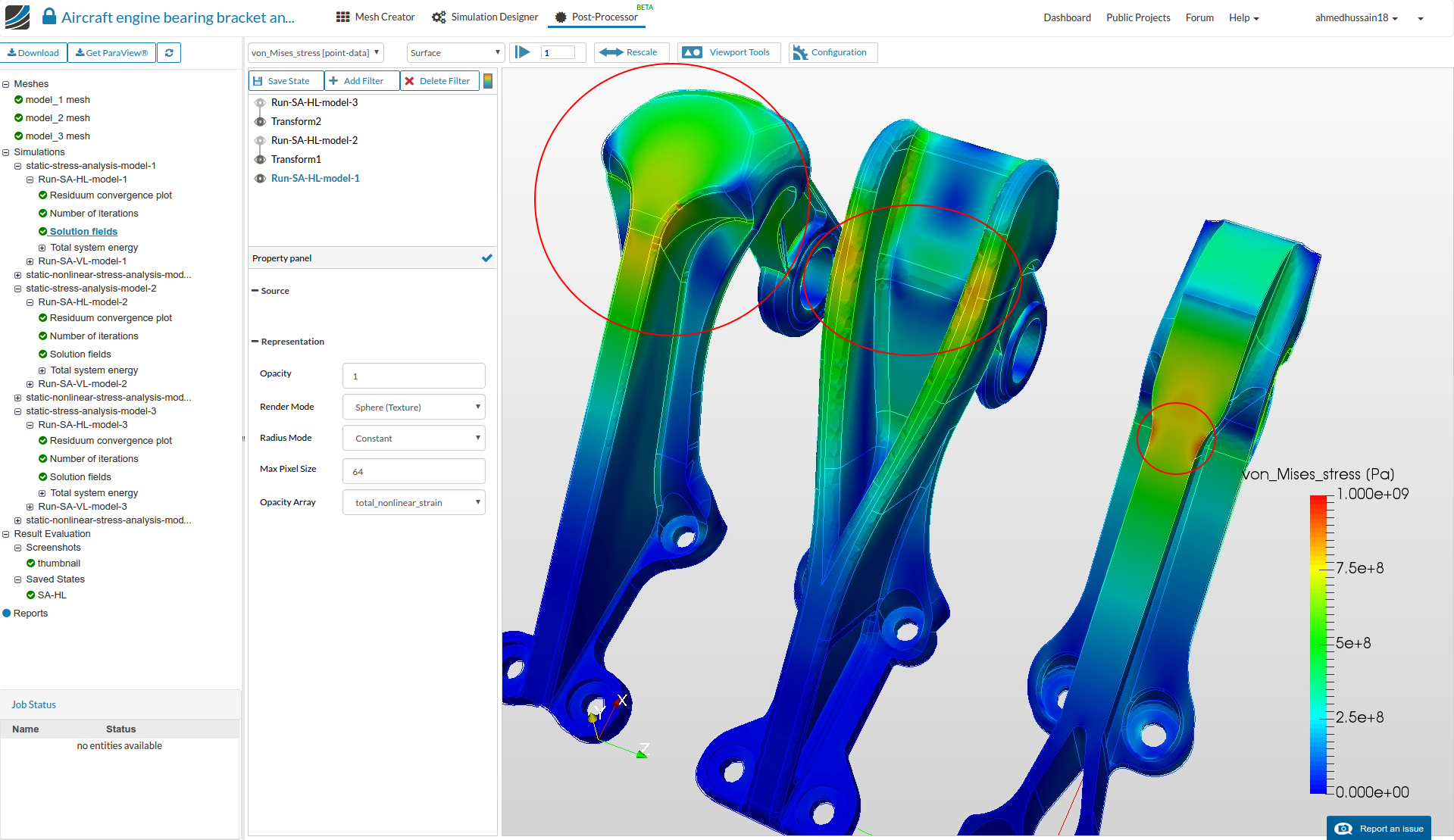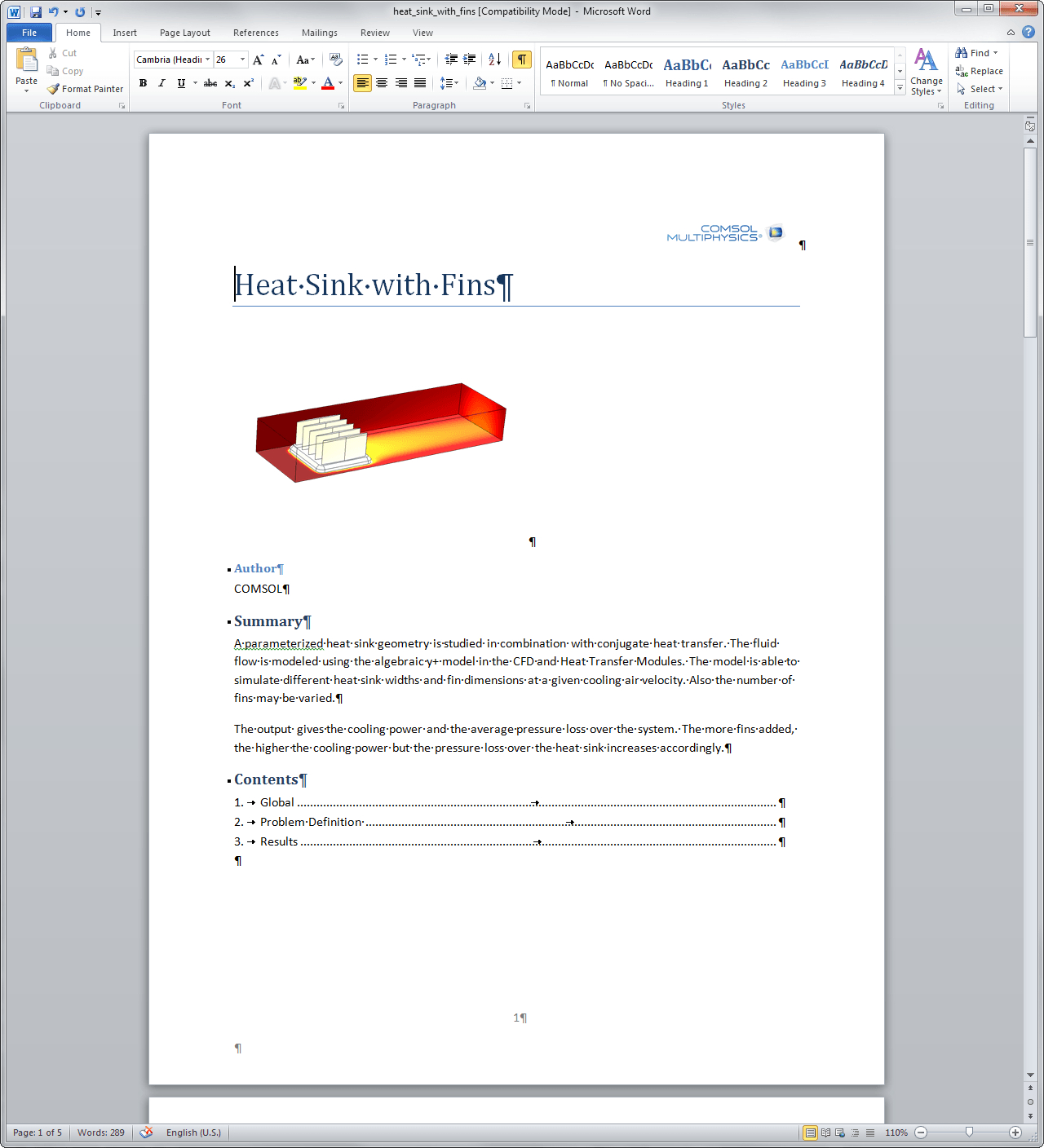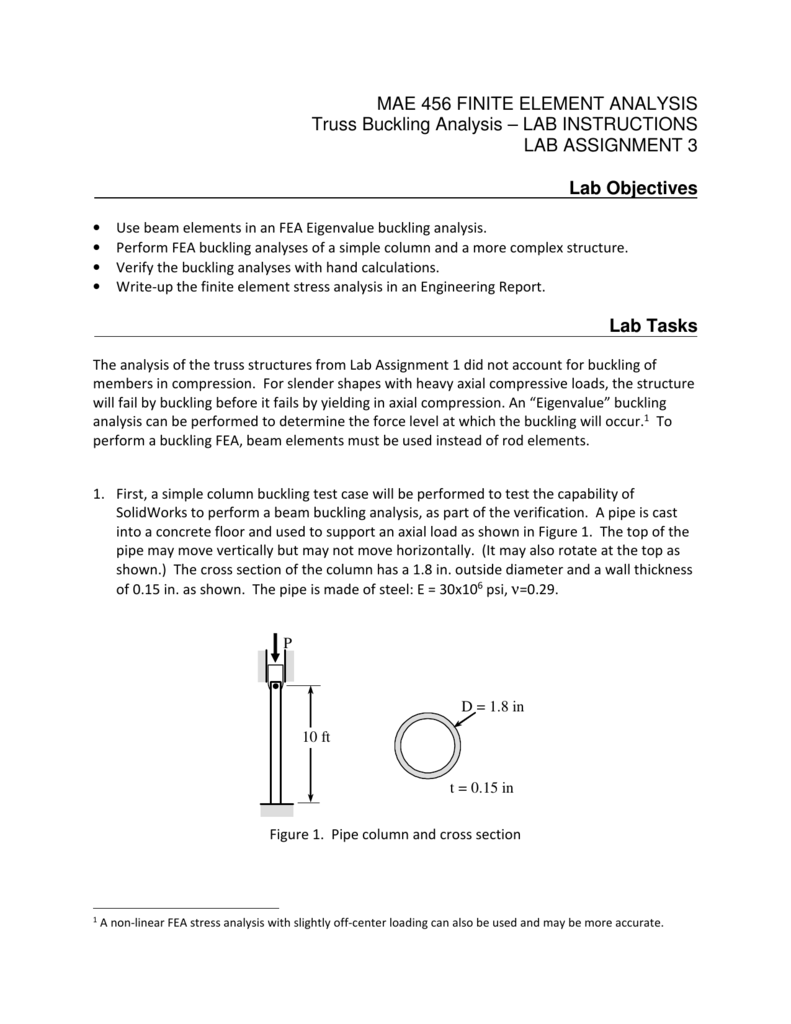Moore’s Law states the cardinal of transistors on an dent ambit will bifold about every two years. This law, coined by Intel and Fairchild architect [Gordon Moore] has been a adage back it’s addition in 1965. Back the addition of the Intel 4004 in 1971, to the Pentiums of 1993, and the Skylake processors alien aftermost month, the law has mostly captivated true.

The law, however, promises exponential advance in beeline time. This is a affiance that is ultimately unsustainable. This is not an commodity that considers the approaching roadblocks that will end [Moore]’s observation, but an commodity that says the expectations of Moore’s Law accept already ended. It concluded quietly, ancient about 2005, and we will never afresh see the time back transistor density, or faster processors, added able cartoon cards, and college body memories will bifold in adequacy biannually.
In 2011, the Committee on Sustaining Advance in Accretion Achievement of the National Research Council arise the report, The Approaching of Accretion Performance: Game Over or Next Level? This address provides an overview of accretion achievement from the aboriginal microprocessors to the latest processors of the day.
Although Moore’s Law applies alone to transistors on a chip, this admeasurement aligns actual able-bodied with added measures of the achievement of dent circuits. Alien in 1971, Intel’s 4004 has a best alarm abundance of about 700 kilohertz. In two years, according to bastardizations of Moore’s Law, this acceleration would double, and in two years bifold again. By about 1975 or 1976, so the algebraic goes, processors able of active at four or bristles Megahertz should appear, and this was the actual precedent: the ancient Motorola 6800 processors, alien in 1974, ran at 1MHz. In 1976, RCA alien the 1802, able of 5MHz. In 1979, the Motorola 68000 was introduced, with acceleration grades of 4, 6, and 8MHz. Shortly afterwards Intel arise the 286 in 1982, the acceleration was bound scaled to 12.5 MHz. Despite actuality absolutely altered architectures with altered apprenticeship sets and bus widths, a Moore’s Law of the alarm acceleration has existed for a actual continued time. This is law additionally holds accurate with the achievement and even TDP per device.

Everything went amiss in 2004. At least, this is the apriorism of The Approaching of Accretion Performance. Since 2004, the exponential access in performance, both in amphibian point and accumulation calculations, alarm frequency, and alike ability amusement has collapsed off.
One could achievement that the after-effects are an aberration and that computer vendors will anon acknowledgment to able-bodied anniversary improvements. However, accessible roadmaps and clandestine conversations with vendors acknowledge that distinct threaded computer-performance assets accept entered a new era of bashful improvement.
There was never any catechism Moore’s Law would end. No one now, or back the law was aboriginal bound in 1965, would accept exponential advance could aftermost forever. Whether this exponential advance would administer to transistors, or in [Kurzweil] and added futurists’ estimation of accepted accretion ability was never a question; exponential advance can not abide indefinitely in beeline time.

The Approaching of Accretion Achievement was accounting in 2011, and we accept addition bisected decade of abstracts to draw from. Has the bearings bigger in the aftermost bristles years?
Unfortunately, no. In a analysis of Intel Core i7 processors with commensurable TDP, the achievement from the aboriginal i7s to the latest Broadwells shows no change from 2005 through 2015. Whatever happened to Moore’s Law in 2005 is still accident today.

Even afore 2011, when The Approaching of Accretion Achievement was published, the high-performance semiconductor companies started gearing up for the end of Moore’s Law. It’s no accompaniment that the aboriginal multi-core chips fabricated an actualization about the aforementioned time TDP, performance, and alarm acceleration took the adamantine about-face to the appropriate apparent in the graphs above.
A slowing of Moore’s Law would additionally be apparent in the semiconductor business, and this has additionally been the case. In 2014, Intel arise a brace of the 22nm Haswell architectonics because of problems spinning up the 14nm Broadwell architecture. Recently, Intel appear they will not be introducing the 10nm Cannonlake in 2016 as expected, and instead will acquaint the 14nm Kaby Lake in 2016. Clearly the cardinal of transistors on a die can not be angled every two years.
While the approaching of Moore’s Law will see the addition of alien substrates such as indium gallium arsenide replacing silicon, this abundant is clear: Moore’s Law is broken, and it has been for a decade. It’s no best accessible for transistor densities to bifold every two years, and the articles of these added densities – achievement and alarm acceleration – will abide almost brackish compared to their exponential acceleration in the 80s and 90s.

There is, however, a extenuative grace: Back [Gordon Moore] aboriginal bound his law in 1965, the cardinal of transistors on an dent ambit saw a acceleration every year. In 1975, [Moore] revised his law to a acceleration every two years. Here you accept a law area not alone the acceptation – transistors, performance, or acceleration – can change, but additionally the duration. Now, it seems, Moore’s law has continued to three years. Until new technologies are created, and chips are no best fabricated on silicon, this will authority true.
Fea Report Template. Pleasant to help my blog, within this time period I will demonstrate concerning Fea Report Template.

Why not consider picture over? is that amazing???. if you think maybe so, I’l l provide you with a few graphic yet again beneath:
So, if you like to get the awesome pictures regarding Fea Report Template, simply click save icon to save these pics for your pc. They are ready for download, if you’d prefer and want to own it, click save symbol in the article, and it will be directly down loaded in your laptop.} At last if you desire to receive unique and the recent graphic related with Fea Report Template, please follow us on google plus or save this page, we attempt our best to provide daily update with fresh and new pictures. We do hope you enjoy staying here. For many updates and recent information about Fea Report Template photos, please kindly follow us on twitter, path, Instagram and google plus, or you mark this page on bookmark section, We attempt to provide you with up-date periodically with fresh and new photos, like your browsing, and find the ideal for you.
Thanks for visiting our website, contentabove Fea Report Template published . Today we’re pleased to announce that we have discovered an incrediblyinteresting nicheto be discussed, namely Fea Report Template Many people looking for details aboutFea Report Template and of course one of these is you, is not it?



.png?width=1729&name=Figure5(results%20figure-report).png)



